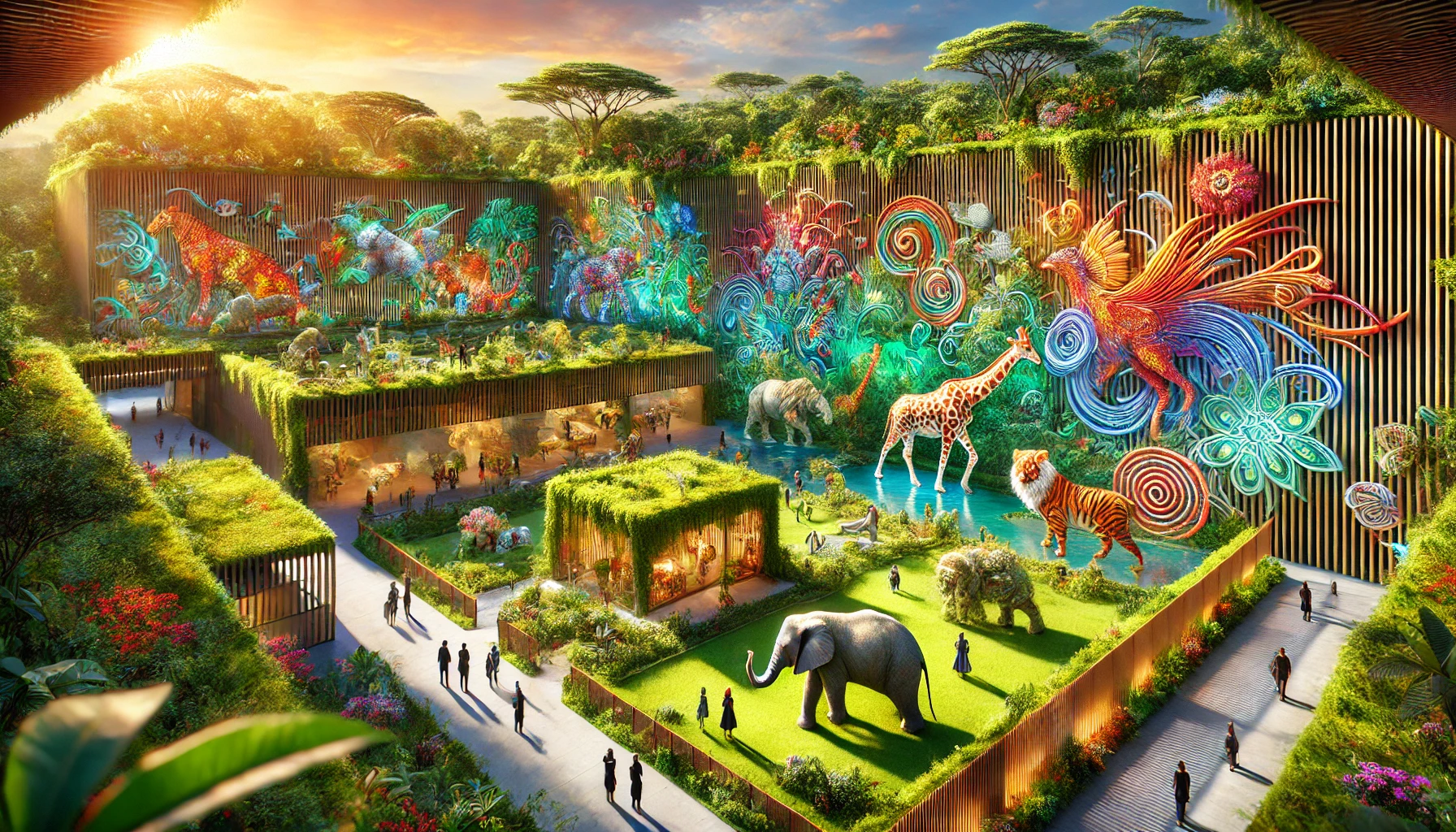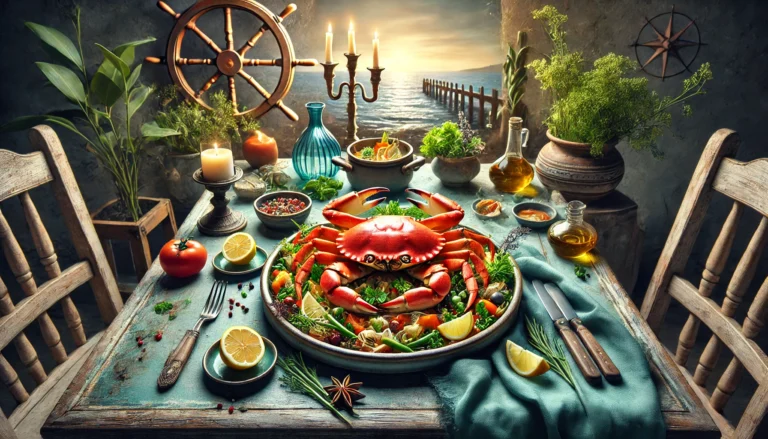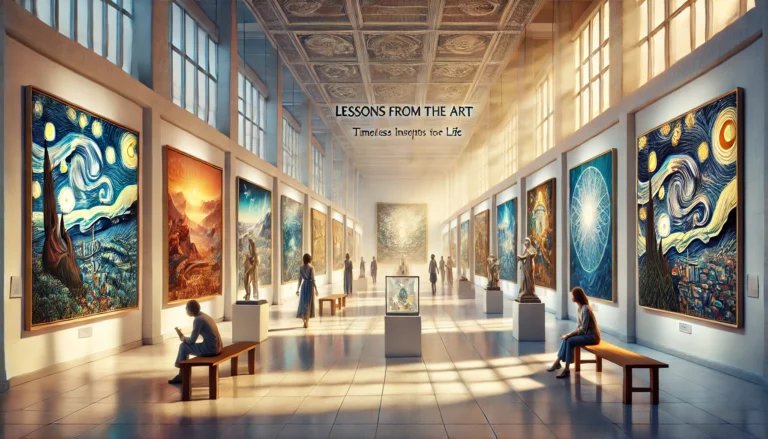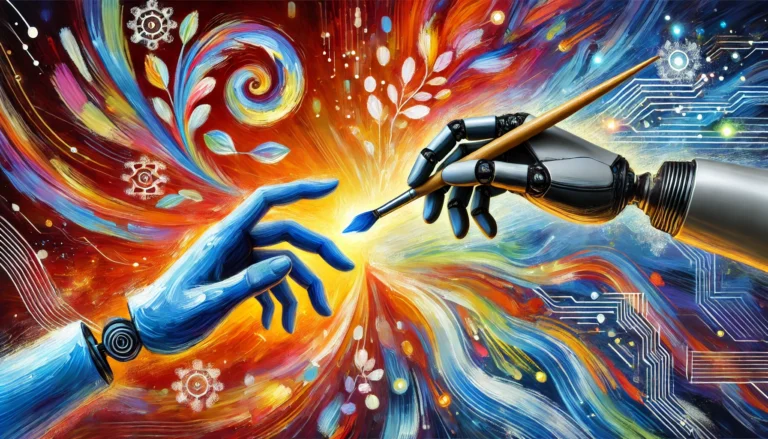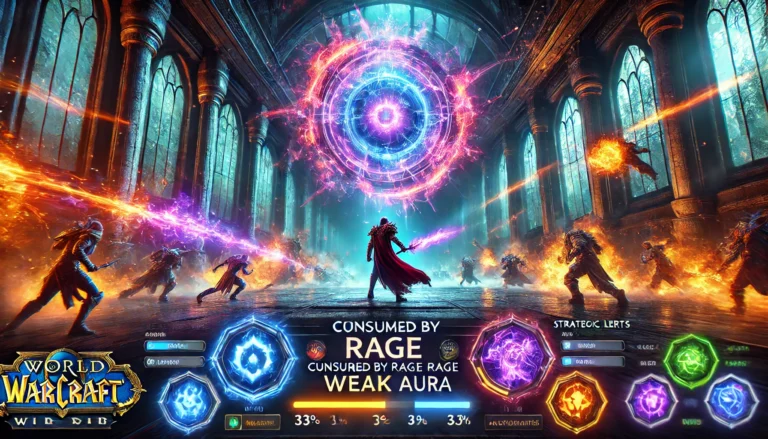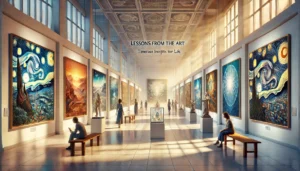Introduction
The bond between humans and animals has inspired art for centuries, leading to a unique intersection of creativity and zoology known as the Art of Zoo. This concept goes beyond traditional zoo exhibits by incorporating artistic expressions, conservation efforts, and education. From immersive installations to community collaborations, the Art of Zoo is redefining how we connect with wildlife and nature. Let’s explore its origins, impact, and the future of this innovative movement.
Understanding the Art of Zoo
What Is the Art of Zoo?
The Art of Zoo combines art, education, and conservation to create meaningful experiences within zoological settings. It encompasses various artistic forms, such as:
- Sculptures and Murals: Adding visual appeal to zoo environments.
- Interactive Installations: Engaging visitors with sensory and tactile elements.
- Collaborative Projects: Partnering with artists and communities to promote wildlife conservation.
How Zoos Inspire Artists
Zoos provide a unique canvas for artistic expression. The natural beauty of animals and their habitats inspires diverse creations that celebrate biodiversity and raise awareness about conservation.
Key Components of the Art of Zoo
Immersive Experiences
Modern zoos use art to create immersive environments that transport visitors into the heart of animal habitats. Examples include:
- Projected Landscapes: Using light and sound to replicate natural settings.
- Sensory Stations: Allowing visitors to feel textures, hear animal calls, and smell plant aromas.
Educational Impact
Art in zoos serves as an educational tool, making learning about wildlife engaging and memorable. Programs often include:
- Interactive Exhibits: Encouraging hands-on exploration.
- Thematic Art Displays: Highlighting specific species or conservation issues.
Conservation Through Art
The Art of Zoo plays a pivotal role in conservation by:
- Raising Awareness: Art inspires visitors to think critically about environmental challenges.
- Supporting Initiatives: Proceeds from art exhibitions often fund wildlife conservation projects.
Notable Art Installations in Zoos
The Great Wall of Elephants (San Diego Zoo)
This stunning mural depicts elephants in their natural habitat, blending education with artistry.
Sounds of the Wild (Houston Zoo)
An interactive sensory station that combines soundscapes, textures, and visual elements to immerse visitors in nature.
Wildlife Photography Exhibit (National Geographic at New Orleans Zoo)
A captivating display of wildlife photography that highlights the importance of conservation efforts worldwide.
Ethical Considerations in the Art of Zoo
Balancing Creativity and Ethics
Artistic expressions in zoos must respect animal welfare and avoid exploitation. This balance ensures art contributes positively to conservation without compromising ethical standards.
Addressing Controversies
Misunderstandings about the Art of Zoo often arise, emphasizing the need for clear communication about its purpose and benefits.
How the Art of Zoo Enhances Visitor Experiences
Emotional Connections
Art fosters emotional engagement, helping visitors form deeper connections with wildlife and nature.
Community Involvement
Zoos often collaborate with local artists and schools, making art accessible and fostering community pride.
Unique Memories
Interactive and immersive art installations create unforgettable experiences that encourage repeat visits.
Future Trends in the Art of Zoo
Technological Innovations
Emerging technologies, such as augmented reality (AR) and virtual reality (VR), are transforming how art and zoos intersect. Future possibilities include:
- AR-Enhanced Tours: Bringing extinct species to life virtually.
- Interactive VR Experiences: Allowing visitors to “step into” wildlife habitats.
Cross-Cultural Influences
Global collaborations between zoos and artists will continue to enrich the diversity and reach of the Art of Zoo.
FAQs About the Art of Zoo
What is the main purpose behind the Art of Zoo?
The Art of Zoo aims to blend creativity with conservation, raising awareness about wildlife through artistic expressions.
How do zoos support artists?
Zoos collaborate with artists by providing platforms for installations, funding creative projects, and promoting art exhibitions.
Can visitors contribute to conservation through zoo art?
Yes, proceeds from art-related events and exhibitions often go directly toward conservation initiatives.
Is the Art of Zoo ethically responsible?
When done thoughtfully, the Art of Zoo respects animal welfare and enhances visitor understanding of conservation efforts.
Where can I experience notable Art of Zoo installations?
Zoos like San Diego Zoo, Houston Zoo, and others around the world regularly feature impactful art installations.
Conclusion
The Art of Zoo is a powerful fusion of creativity and conservation, offering a unique way to engage with wildlife and inspire positive change. By combining immersive experiences, educational programs, and ethical artistry, it transforms zoos into spaces that celebrate the beauty and importance of biodiversity. As this movement evolves, it continues to remind us of our shared responsibility to protect the natural world for future generations.

